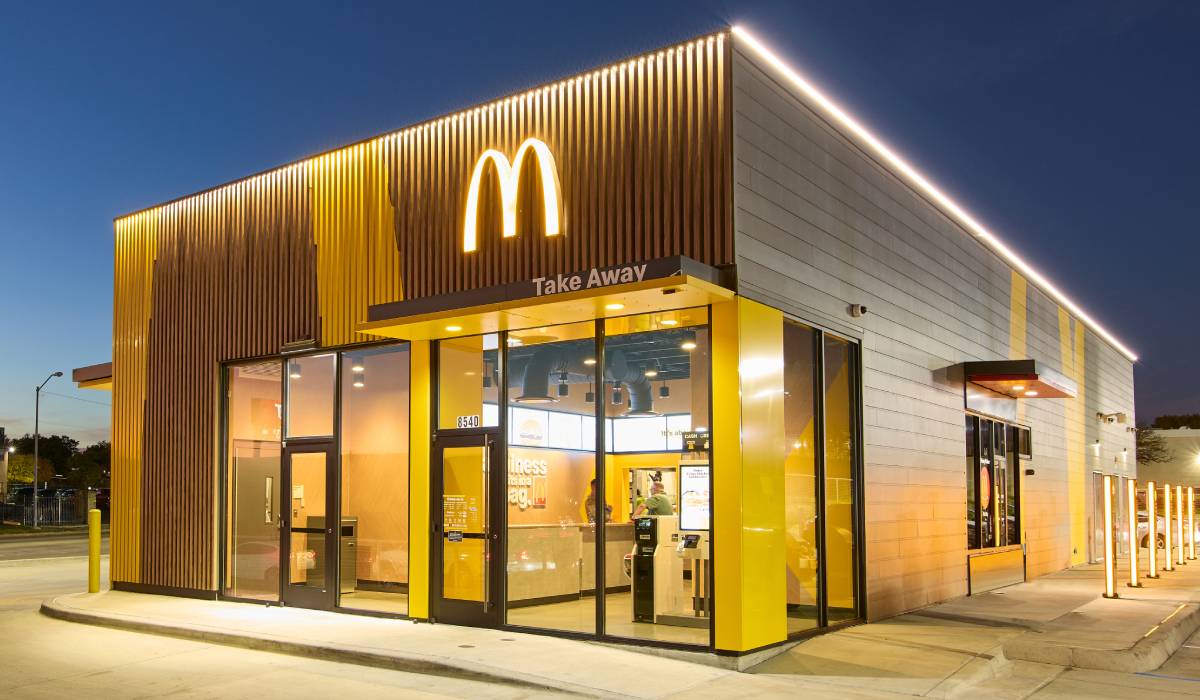The quick-service industry has long struggled to gain traction with loyalty programs, but the founders of a new loyalty company believe they’ve found the answer to the industry’s loyalty woes: the QR code.
QR Loyalty, a Vancouver, Canada¬–based company, recently  launched its new program for the fine-dining, casual-dining, and quick-service industries that takes advantage of the printed square symbol smartphone users scan to send them to a designated website.
launched its new program for the fine-dining, casual-dining, and quick-service industries that takes advantage of the printed square symbol smartphone users scan to send them to a designated website.
Nigel Malkin, cofounder of QR Loyalty, says that while existing loyalty programs—usually in the form of physical or mobile cards—require extra training and equipment on behalf of a restaurant, QR Loyalty’s program is a “self-service” model that requires extra work only for the customer.
“The compelling thing about our product in the [quick-serve] flow is the QR code and call to action are printed on the receipt,” Malkin says. “The customer walks away with that receipt and they can interact with it whenever they want. … All they have to do is scan their receipt at any time and collect their reward.”
The QR code on the consumer’s receipt sends them to a website where they insert their name and an e-mail address to set up an account. The account then keeps track of the customer’s loyalty rewards, which Malkin says can be recharged to an existing card or sent via e-mail in the form of a new gift card.
Malkin says the QR Loyalty program can boost revenue by 5¬–10 percent for restaurant operators.
“Through the loyalty component alone it increases visitor frequency,” he says. “Then there’s increased spend per visit, because customers tend to spend more money when they’re using virtual currency.”
There is also an opportunity for restaurant clients to shift demand to higher margin menu items or slower periods of day or week using the program, Malkin says.
Malkin says most consumers in the U.S. will recognize and know how to interact with a QR code in the next 12¬–18 months. In Japan, where he says mobile technology is usually 2–4 years ahead of the U.S., QR codes are already part of the “cultural fabric of that country.”
“They’re on everything from billboards to product labels to newspapers,” he says. “You’re starting to see in North America QR codes popping up everywhere, particularly in media and through big brands.”
And with increasing use of smartphones in the U.S., Malkin believes the QR code will be the wave of the marketing—and loyalty—future.
“It really is a perfect storm of the overarching economic factors, the rapidly increasing penetration of smartphones, and the rapidly increasing use of QR codes,” he says.
By Sam Oches




